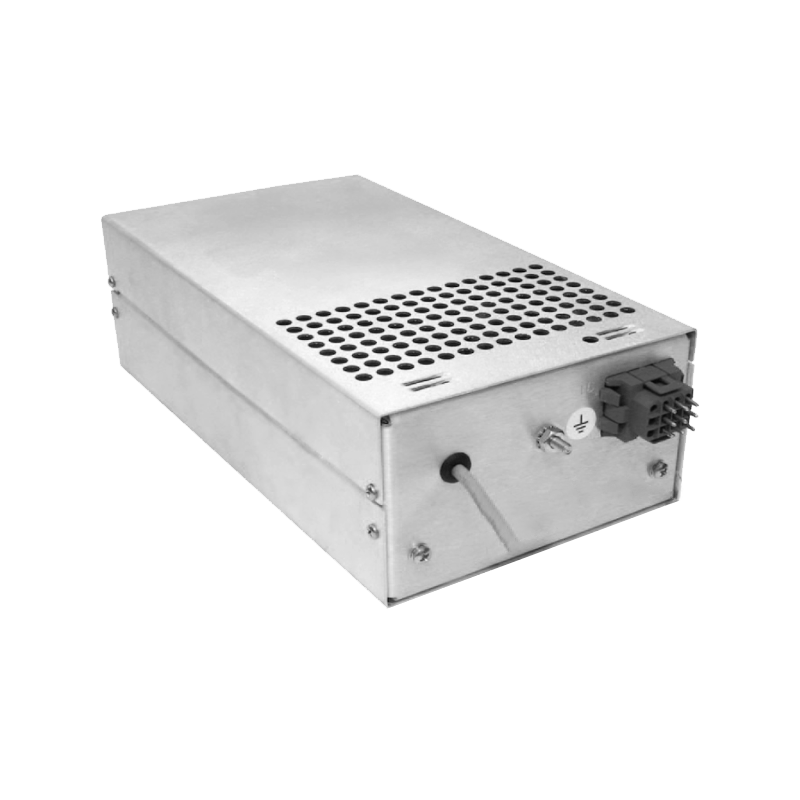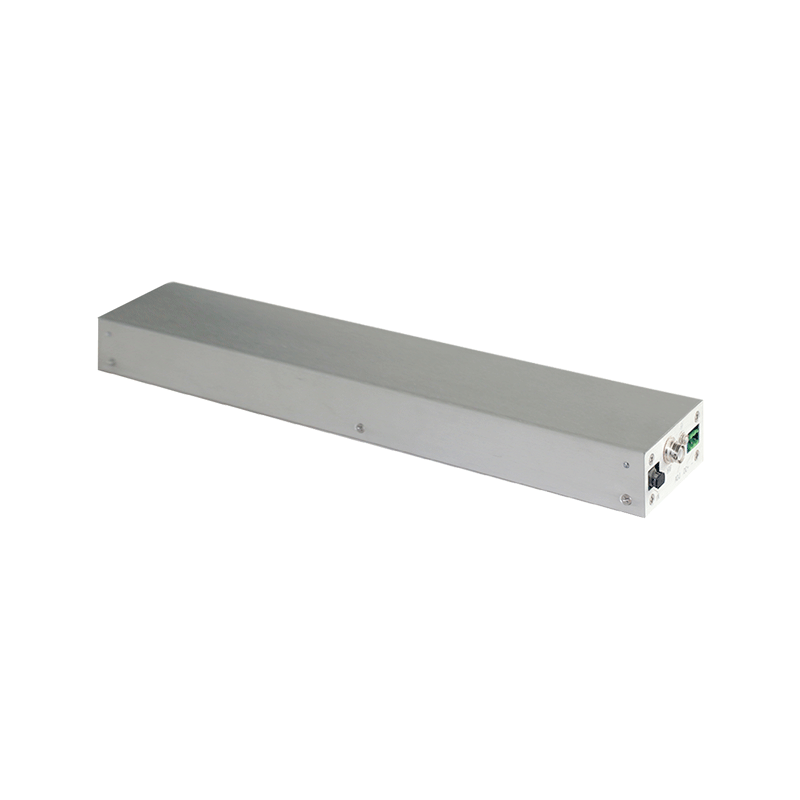Integration Trends in Lithography Equipment Power Systems
The evolution of lithography equipment has placed unprecedented demands on power system design, driving a trend toward high levels of integration. Traditionally, lithography power architectures were composed of multiple discrete units dedicated to specific subsystems, such as illumination drivers, electrostatic chucks, and stage actuators. However, as exposure systems advance toward higher throughput, finer resolution, and more complex scanning techniques, the integration of power modules has become critical to enhance system compactness, reduce parasitic losses, and improve overall performance stability.
High-voltage power integration in lithography equipment is increasingly focused on consolidating multiple functional stages within a single, cohesive module. This approach minimizes the physical footprint, which is essential in densely packed optical and mechanical assemblies. Integrated power modules often combine rectification, filtering, conversion, and regulation in a tightly controlled package, allowing precise delivery of voltage and current to multiple downstream loads. By reducing the number of interconnections and wiring harnesses, system designers mitigate potential points of failure and improve electromagnetic compatibility (EMC), which is crucial in maintaining the precision of optical and metrology subsystems.
Advanced integration also supports real-time digital control. High-voltage modules now frequently incorporate embedded microcontrollers or FPGA-based control loops that manage voltage regulation, transient compensation, and thermal monitoring simultaneously. This integration allows a more precise and adaptive response to dynamic loads, such as rapid stage acceleration or pulsed illumination. By synchronizing multiple output channels within the integrated module, lithography equipment can maintain consistent energy delivery across all critical subsystems, improving exposure uniformity and overlay accuracy.
Thermal management is another aspect driving power system integration. Consolidated modules allow centralized cooling strategies, reducing the complexity of airflow or liquid cooling networks. Heat-generating components can be placed strategically within integrated modules to optimize thermal paths, while embedded thermal sensors provide real-time feedback to digital controllers. This coordinated thermal strategy reduces voltage drift caused by temperature fluctuations, enhancing system stability during prolonged operation or high-frequency exposure cycles.
The push toward integrated power systems also facilitates modularity and scalability. Integrated units can be designed to support different lithography tool configurations, allowing engineers to scale power delivery for varying wafer sizes, illumination intensities, or stage configurations without redesigning the entire system. Hot-swappable modules ensure minimal downtime during maintenance, allowing rapid replacement without affecting overall production line operation. This flexibility is particularly important as lithography tools evolve to accommodate next-generation devices with tighter tolerances and higher throughput requirements.
Reliability benefits significantly from integration. Fewer discrete components and connections reduce the probability of contact degradation, arcing, or insulation failure. Moreover, integrated designs often incorporate comprehensive diagnostics and self-monitoring features. Sensors embedded within the module continuously track voltage stability, thermal conditions, current draw, and partial discharge events. By feeding this data to a central control system, the power infrastructure can detect early signs of degradation, initiate protective measures, or alert maintenance teams before minor anomalies escalate into critical failures.
Electromagnetic compatibility (EMC) management is inherently improved in integrated power modules. High-voltage switching elements, filtering networks, and grounding structures can be optimized holistically, minimizing radiated and conducted noise that could affect sensitive lithography sensors or optical components. The reduction of loop areas and elimination of redundant cabling further suppress EMI, improving signal fidelity in both analog and digital subsystems.
Integration also enables energy-efficient operation. By coordinating power delivery across multiple outputs, integrated modules can implement adaptive control strategies, such as dynamic voltage scaling, pulse-width modulation optimization, and energy recovery from decelerating stages. These strategies reduce thermal stress, lower operating costs, and enhance overall system reliability. Additionally, integrated high-voltage modules facilitate the collection of comprehensive operational data, which supports analytics-driven energy optimization at the fab level.
The trend toward power integration aligns closely with the overall shift in lithography toward intelligent, digitally managed, and high-throughput systems. By combining multiple functions into a unified architecture, engineers can achieve superior precision, reliability, and energy efficiency while reducing the complexity and physical footprint of lithography power infrastructure. Integration enables tighter synchronization of critical subsystems, faster response to dynamic loads, and enhanced monitoring capabilities—all essential for meeting the stringent performance requirements of modern semiconductor manufacturing.




















